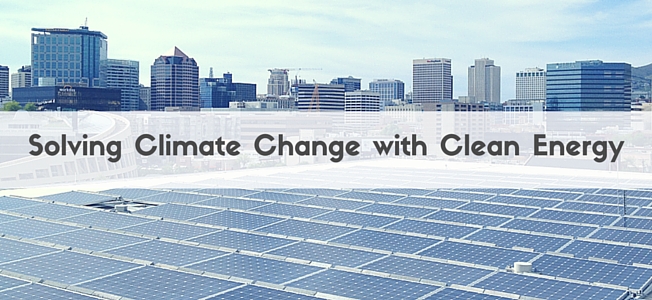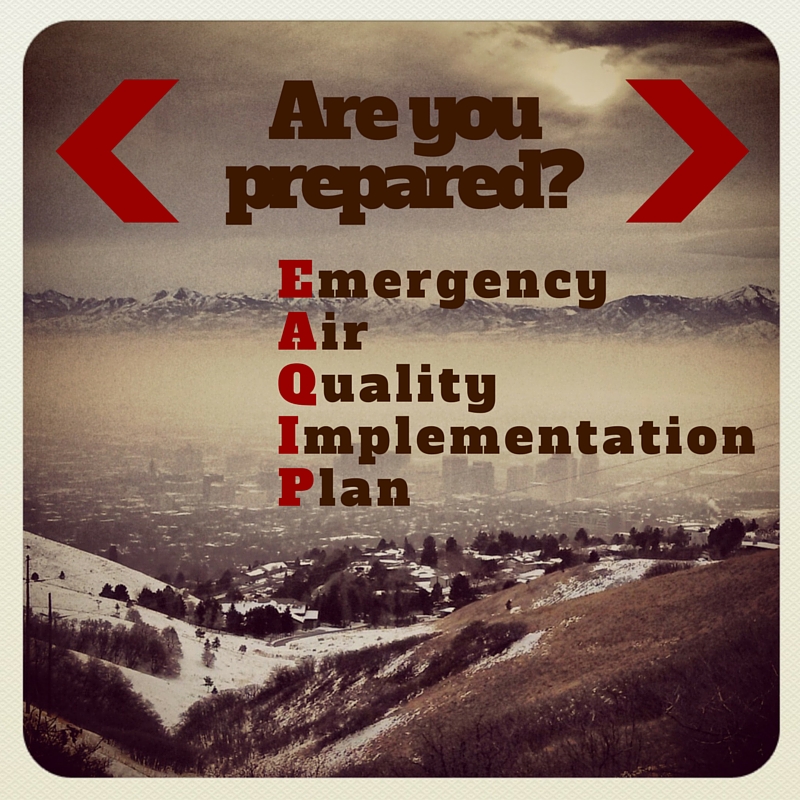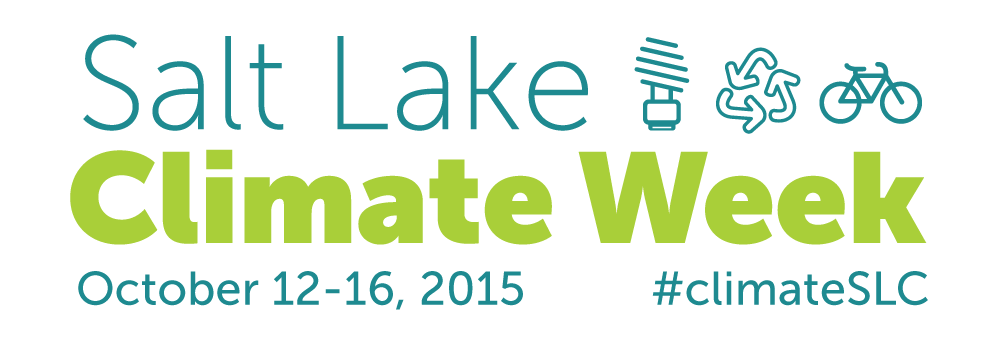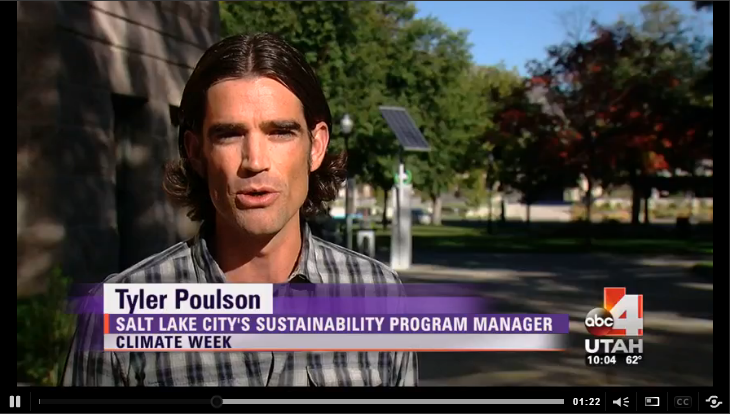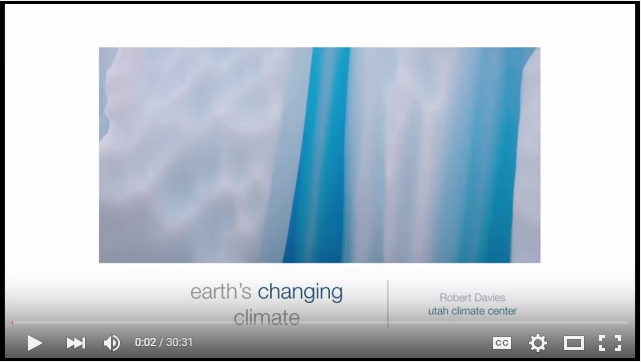The Intermountain Sustainability Summit returns to Weber State University March 24th and 25th, 2016. The summit offers over a dozen sessions and in depth workshops addressing climate, water, recycling, clean energy and more. Join sustainability professionals, civic leaders, businesses, nonprofits, educators, students and community members to learn, network, and develop strategies for implementing sustainability across Utah and the Intermountain West.
The summit kicks off with a conference day, Thursday, March 24th. The keynote speaker will be Joel Makower, Chairman and Executive Editor of GreenBiz Group Inc. Makower has been a leading voice on business, the environment and the bottom line for the past 25 years. In 2014 he was inducted into the Hall of Fame of the International Institute of Sustainability Professionals. He will be joined by over 40 speakers throughout the conference to inspire, inform, and show how businesses, policy makers, nonprofits, and community members are making a difference. SLCgreen’s Tyler Poulson will be presenting on strategies for engaging employees on climate change to encourage grassroots, participatory leadership within an organization. For additional speaker information, visit the webpage.
Workshops will be held on Friday, March 25th. Workshops include:
- Community Zero Waste Road Map
- LEED Green Associate Workshop
- Smart Cycling
Looking to be involved and grow your business, nonprofit or idea? See the Sponsor, Exhibitor, or Poster page to be a part of the Summit. Register by March 15th for early bird pricing. Visit the Intermountain Sustainability Summit webpage for more information! We hope to see you there!

